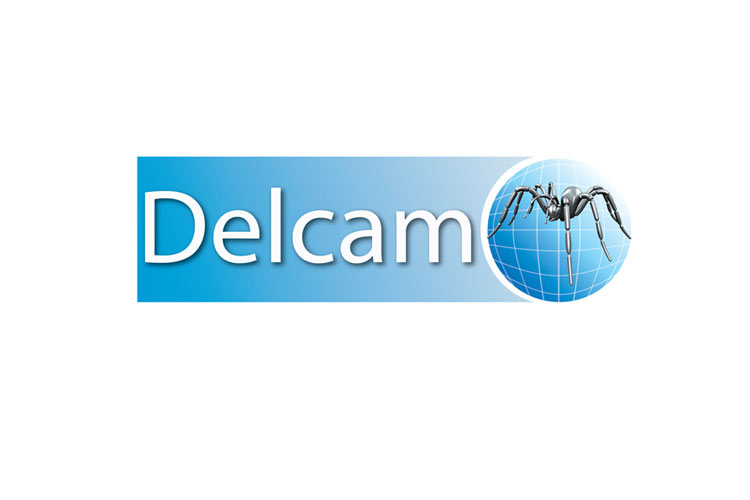Delcam will launch the 2015 R2 version of its ArtCAM JewelSmith CADCAM software for the design and manufacture of all types of jewellery at the International Jewellery London exhibition to be held at Olympia, London, from 6th to 8th September.
The new release, which can be used for the production of rings, broaches, cufflinks and other types of jewellery, includes improvements in both its design and machining options.
The most significant addition in this release of ArtCAM JewelSmith is the ability to create support structures for 3D Printing. Users can generate intelligent support structures, either manually or automatically, and can also add a tray for the printing of multiple items. 3D Printing offers jewellers an alternative route to machining for the production of highly complex models for lost-wax casting.
For jewellers creating original pieces, two options have been added to help users who design with vectors. Firstly, snap hints now appear to help in spotting hard-to-find snap points within vectors when creating designs. Secondly, the thickness of vectors can be changed, in either the 2D or 3D view, making it easier to visualise the design.
Accuracy will also be helped by the addition of rulers in the 3D view to make it easier to create precise artwork and to position the various elements of the piece.
The ability to overlap and intersect design elements has been enhanced with a new option to interactively blend reliefs. This allows relief clipart to be pulled up or pushed down in the Z axis to give a better blend with another 3D design.
The creation of complex designs by grouping relief layers together has also been made easier. For example, it is easier to combine the front and back of a miniature.
The range of modelling tools in ArtCAM JewelSmith that operate in real time has been extended to include the ability to create smooth domed shapes or domes with a centreline ridge, ideal for borders of engraved text. The weave tool and the two-rail ring sweep are also now updated live. The weave tool is important to jewellers who create Celtic weaves, while the two-rail ring sweep gives the ability to design rings more quickly.
The tools for assembly modelling have been improved making it easier and quicker to drag or rotate elements of the assembly into position. It has also been made simpler to undo any changes.
The main machining enhancement in the 2015 R2 release is significantly faster simulations thanks to a new algorithm that uses the specialist processor in modern graphics cards to calculate multiple operations simultaneously. This gives major speed benefits over standard multi-threading.
In addition, two new options are available in the 3D offset strategy. Firstly, it is now possible to spiral from the outside in or from the centre outwards. The strategy can reduce tool wear and give better surface finish. Secondly, on-surface links can be used. This reduces the number of plunge and retract moves and so saves machining time.


